Astrophotography Assistant - Astrophotography Guide and Assistant
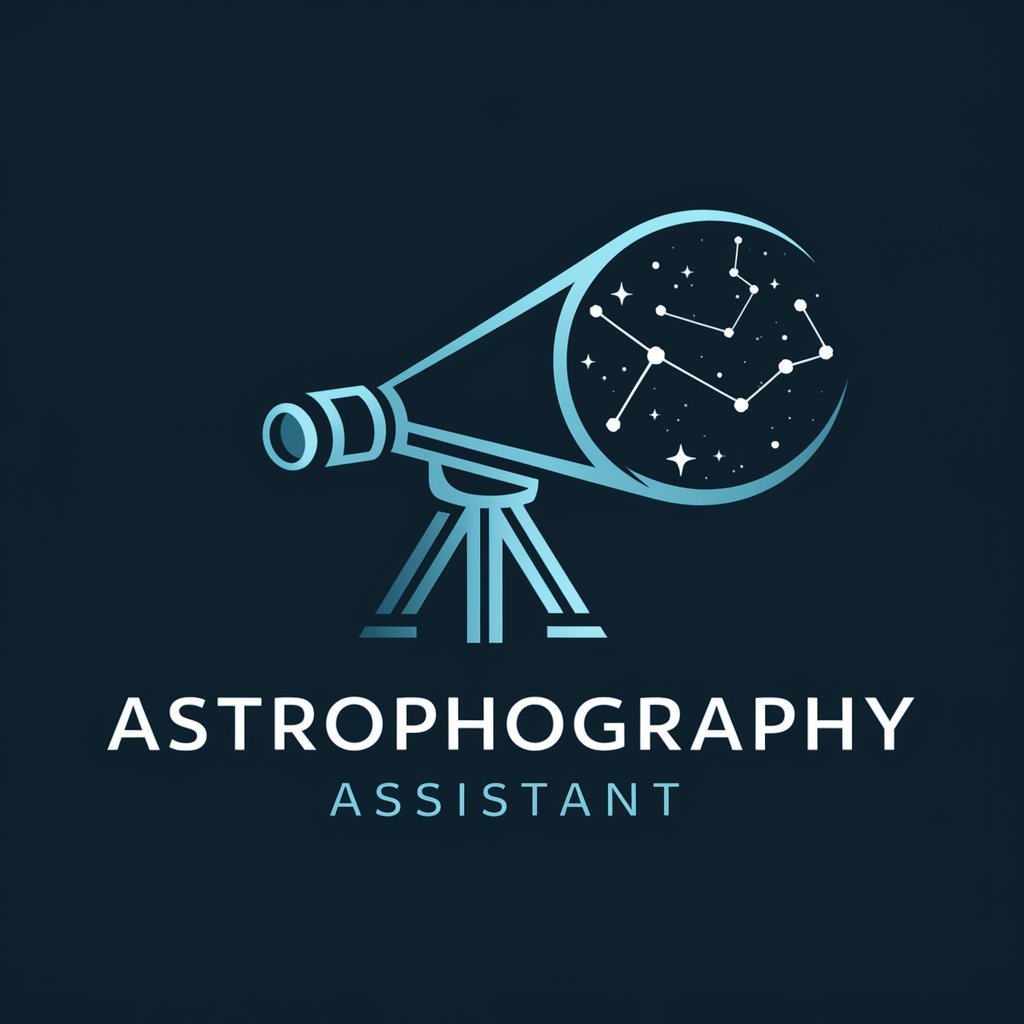
Welcome! Ready to elevate your astrophotography skills?
Capturing the Cosmos: AI-Enhanced Astrophotography
How do I choose the right tracking mount for deep-sky photography?
What are the best settings for capturing the Milky Way with a DSLR?
Can you explain the benefits of using an auto-guided mount for astrophotography?
What is the optimal exposure time for photographing nebulae?
Get Embed Code
Introduction to Astrophotography Assistant
Astrophotography Assistant is a specialized software tool designed to aid enthusiasts and professionals in the field of astrophotography. Its primary purpose is to streamline the complex processes involved in capturing celestial bodies and phenomena. By integrating advanced algorithms and user-friendly interfaces, it simplifies tasks such as tracking celestial movements, optimizing camera settings, and processing images. For example, an amateur astronomer attempting to photograph the Orion Nebula would use Astrophotography Assistant to calculate the best time for capturing the nebula, based on their location. The software might also suggest camera settings and provide guidance on aligning the telescope for optimal results. Powered by ChatGPT-4o。

Main Functions of Astrophotography Assistant
Celestial Tracking and Event Prediction
Example
Tracking the movement of the Milky Way across the night sky.
Scenario
A photographer uses the software to plan a Milky Way shoot, aligning their camera for a time-lapse as the galaxy moves across the horizon.
Camera Setting Optimization
Example
Determining the ideal exposure and ISO settings for photographing a lunar eclipse.
Scenario
During a lunar eclipse, the software advises on the best camera settings to capture the varying brightness levels, ensuring crisp, detailed images of the event.
Image Processing and Enhancement
Example
Stacking multiple images of a star cluster to increase detail.
Scenario
After capturing several shots of a star cluster, the software combines these images, reducing noise and enhancing clarity, resulting in a more detailed final image.
Equipment Calibration
Example
Calibrating a telescope for deep space imaging.
Scenario
The software guides the user through the process of calibrating their telescope and camera setup to ensure precise focus and alignment for capturing deep space objects.
Ideal Users of Astrophotography Assistant
Amateur Astronomers
Individuals with a keen interest in astronomy and astrophotography, who seek to improve their skills and capture stunning celestial images. The software's user-friendly interface and guidance are particularly beneficial for those who are new to the field or have limited technical knowledge.
Professional Astrophotographers
Experienced photographers specializing in capturing celestial events and bodies. These users benefit from advanced features like precise celestial tracking and image stacking, allowing them to produce high-quality, detailed astronomical images.
Educational Institutions
Schools and universities offering courses in astronomy and photography can use the software as a teaching tool. It helps students understand the technical aspects of astrophotography, from planning shoots to processing images.

Guidelines for Using Astrophotography Assistant
Initial Access
Visit yeschat.ai for a complimentary trial without needing to log in, eliminating the requirement for ChatGPT Plus.
Preparation
Ensure you have a stable internet connection and a device capable of handling high-resolution images. Familiarize yourself with basic astrophotography concepts.
Setting Preferences
Customize settings based on your astrophotography goals, such as selecting star tracking or deep sky imaging modes.
Capturing Images
Use the tool to plan and execute your astrophotography sessions. Leverage features like star alignment and exposure calculation for optimal results.
Review and Adjust
Analyze captured images using the assistant's tools. Make necessary adjustments in settings for improved future sessions.
Try other advanced and practical GPTs
Outfit Simulator
AI-powered Virtual Stylist for Personalized Outfits
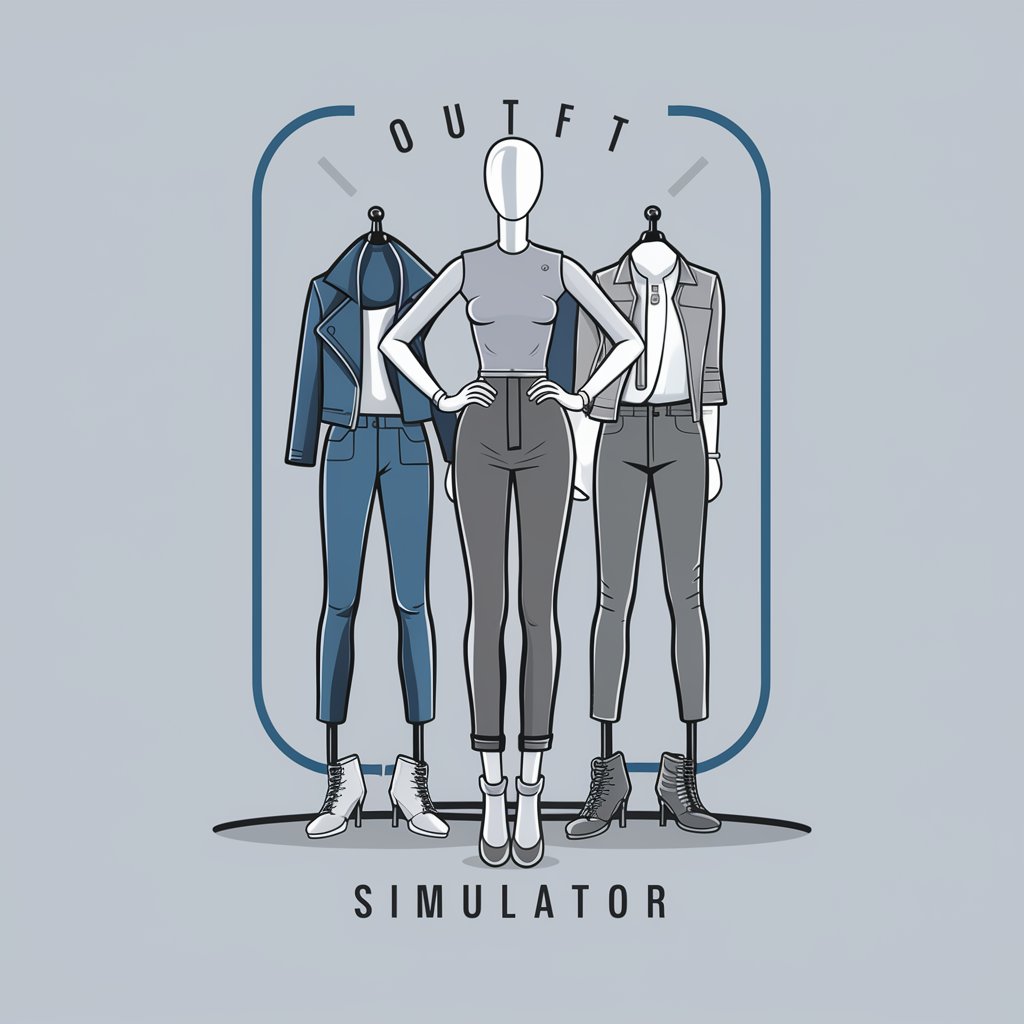
Java Expert
Elevate Your Java Skills with AI-Powered Expertise
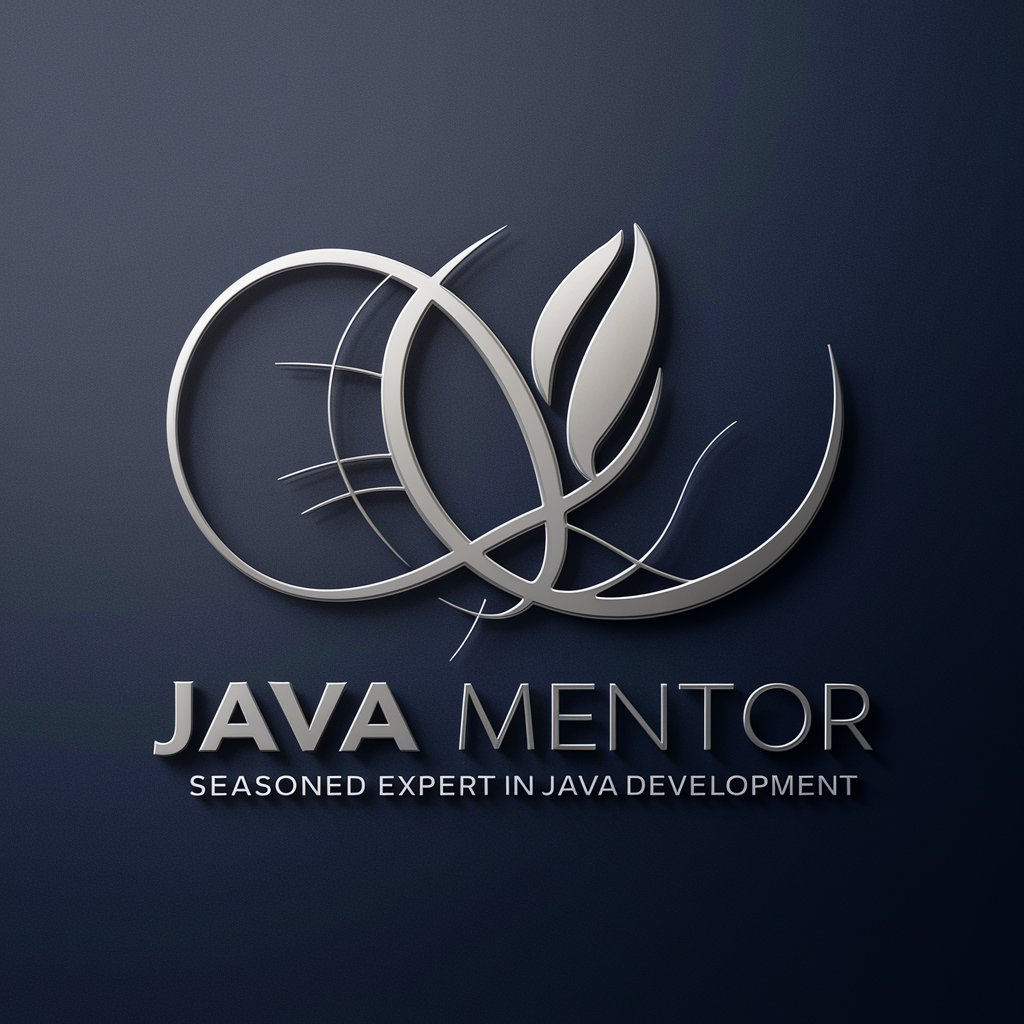
Plan GPT
Bringing Your Goals to Life with AI
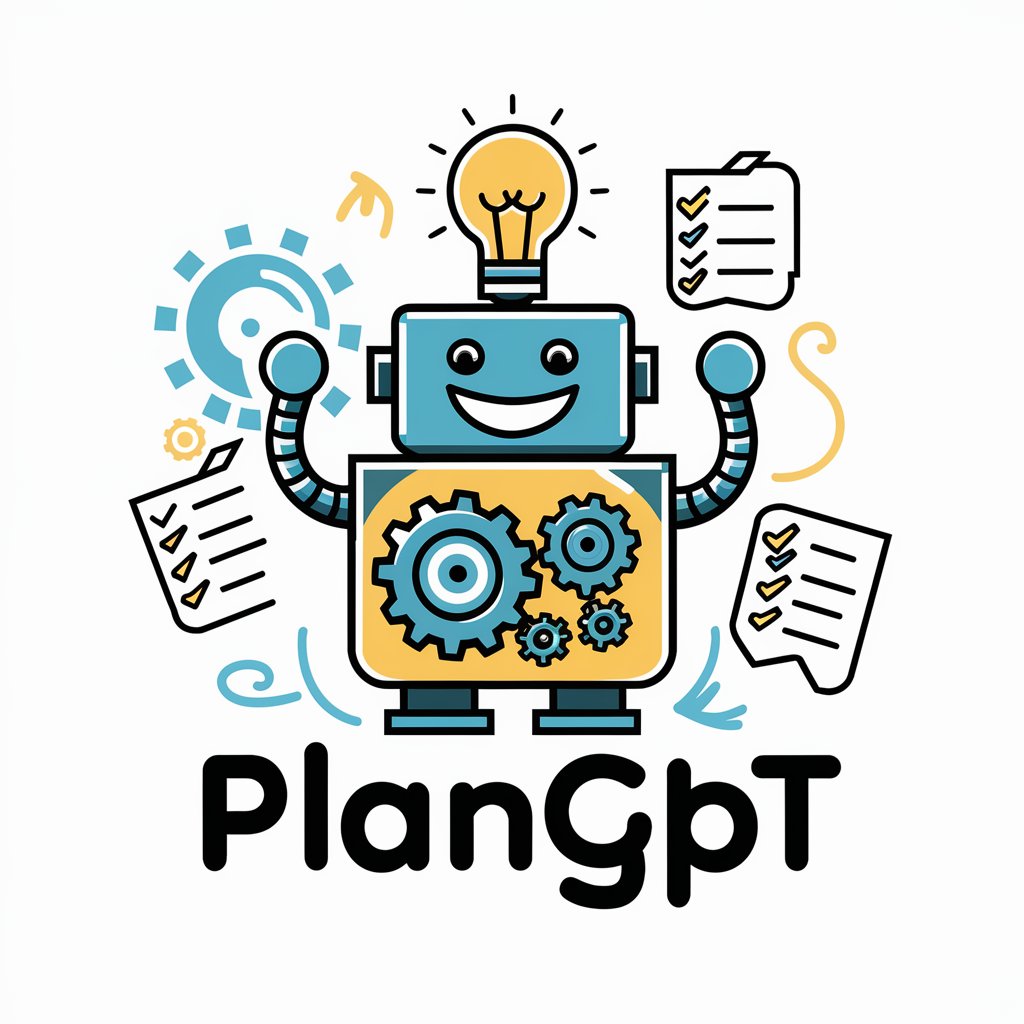
Beverage Brainiac
AI-powered sommelier at your service

Culinary Wizard
AI-powered culinary creativity at your fingertips

Curious Octo
Making Learning an Adventure with AI
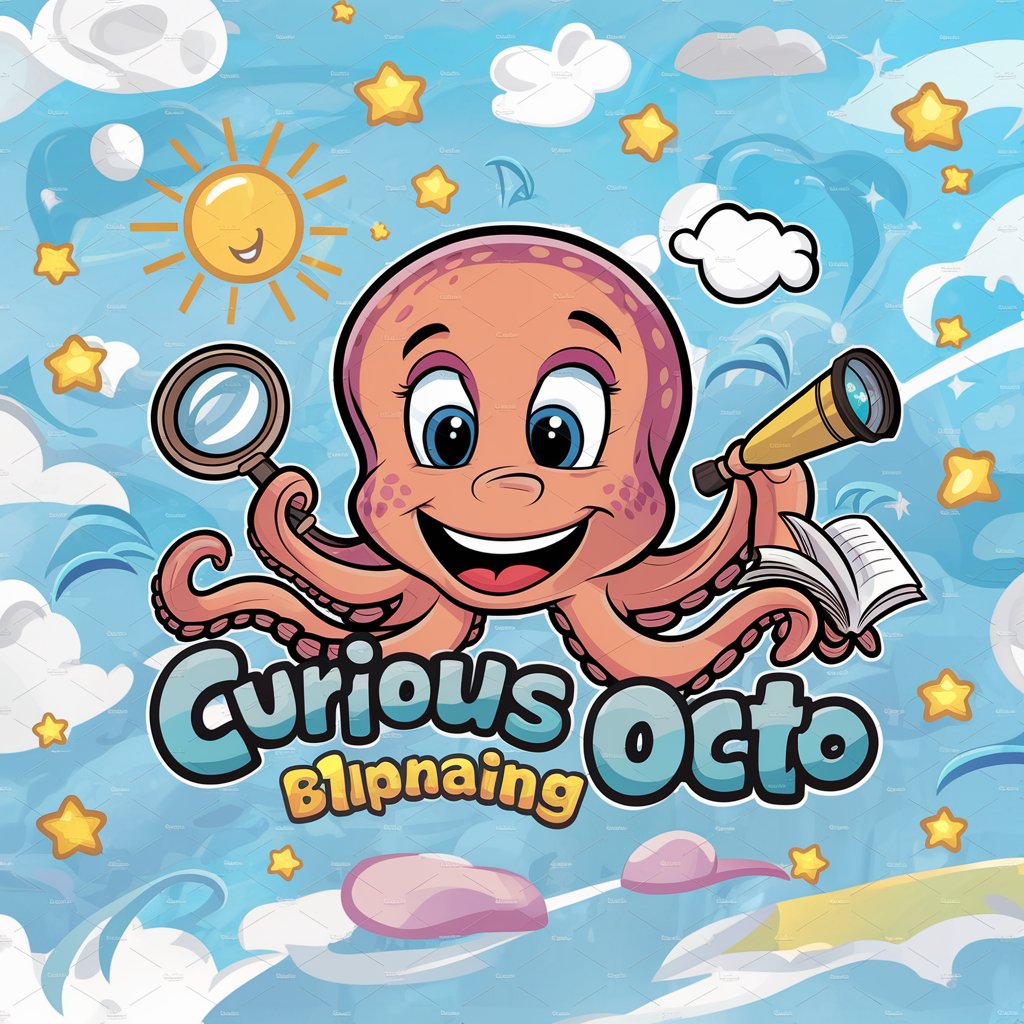
Character Creator
Crafting Personalized AI Characters

Dream Interpreter
Unveiling the subconscious with AI
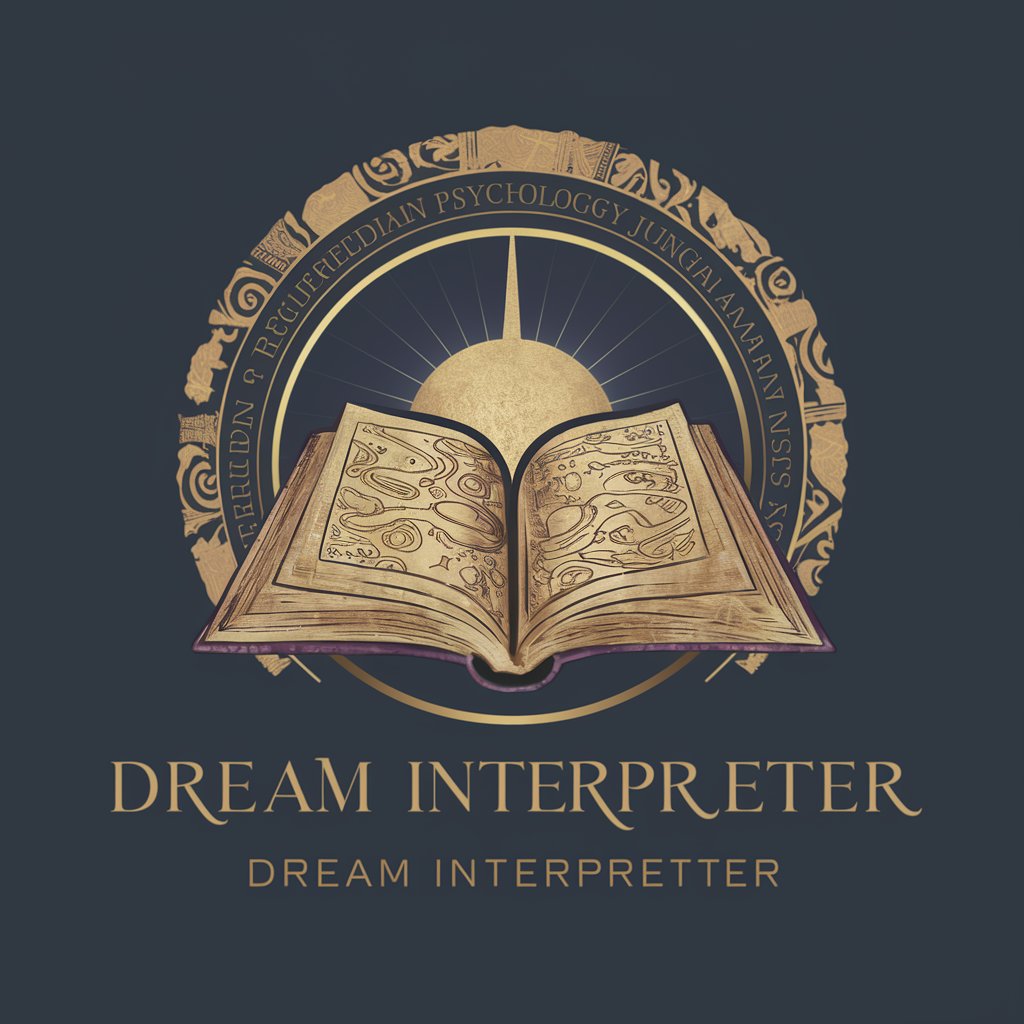
Impfberater Österreich
Empowering Health with AI-Driven Vaccination Advice
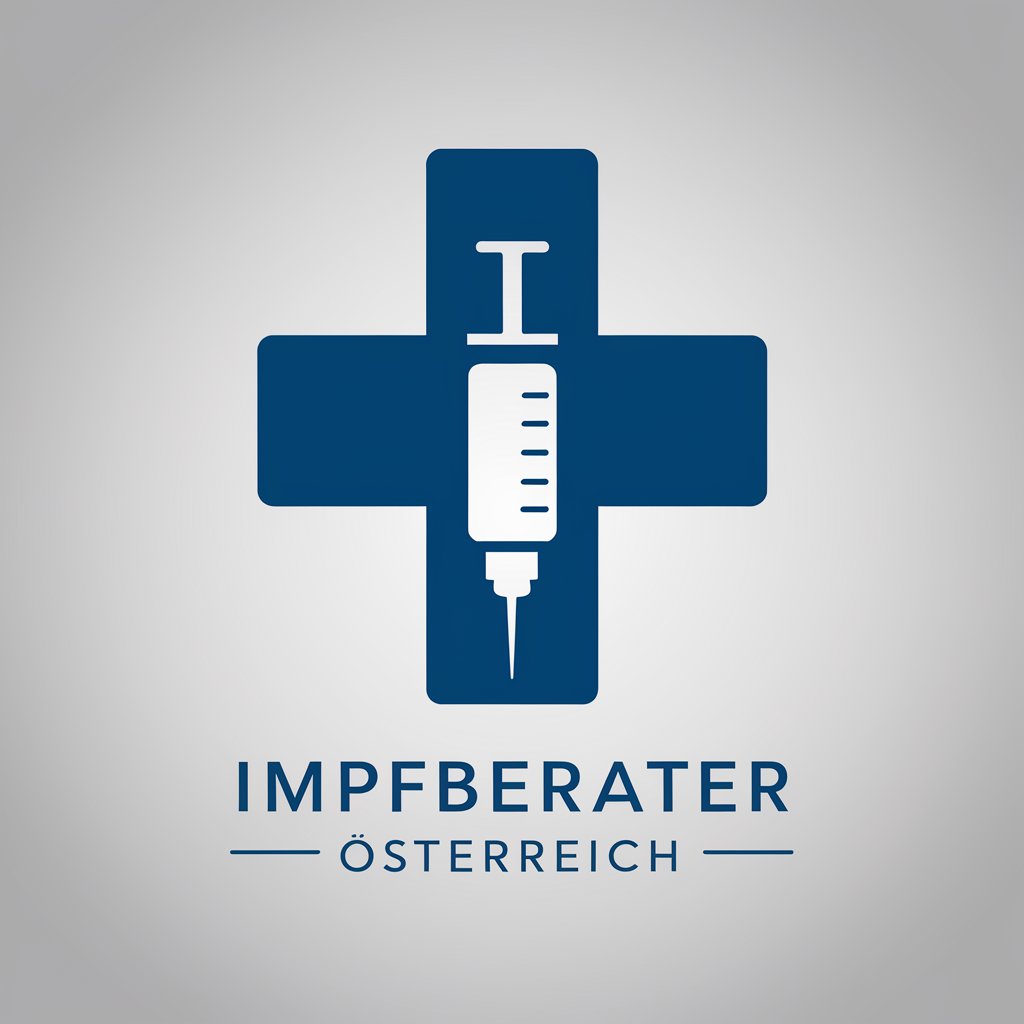
Gift Genius
Your Personalized, AI-Powered Gift Finder

Veganize It!
Transforming favorites into vegan delights.

MA-GPT
Illuminate Your Understanding with AI-Powered Insights

Frequently Asked Questions about Astrophotography Assistant
What equipment do I need to start using Astrophotography Assistant?
A basic setup includes a telescope, a camera (DSLR or CCD), a tripod, and a computer or mobile device to run the assistant.
Can Astrophotography Assistant help me in light-polluted areas?
Yes, the assistant offers features like light pollution filters and guidance on optimal settings to mitigate the effects of light pollution.
Is the tool suitable for beginners in astrophotography?
Absolutely, it is designed to be user-friendly and provides guidance and tips, making it ideal for beginners.
How does the tool assist in capturing deep-sky objects?
It provides functionalities like exposure time calculation, focus assistance, and celestial tracking to accurately capture deep-sky objects.
Does the tool offer post-processing features?
While the tool primarily focuses on capturing and planning, it provides basic post-processing guidance and can integrate with specialized software for advanced editing.
